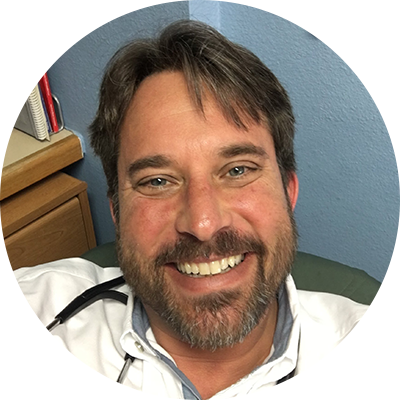The brain can heal.
Addiction care can be as effective as treatments for other diseases and works the same way — with medication, counseling, and ongoing support.
How treatment works
Addiction treatment doesn’t happen overnight, over a week, or even a few months. Addiction care can be as effective as treatments for other diseases and works the same way – with medication, counseling, person-centered resources, and ongoing support. Scientific breakthroughs in addiction treatment are improving recovery rates by leaps and bounds.
Behavioral therapy is a tool that can help individuals recovering from addiction through individual and/or group counseling. Therapy tailored to the individual and their recovery goals is the impactful. Just as no two addictions are exactly alike, the same should be true for treatment plans. Therapy can help individuals learn new coping strategies, manage crises, maintain engagement with other treatment supports such as medication, make or reestablish meaningful connections and community support systems, and address other psychosocial needs.
Pharmacological treatment options combine targeted, FDA-approved medication with behavioral therapy and sustained follow-up care. Under a comprehensive, person-centered treatment plan, medications can be prescribed to relieve withdrawal symptoms and/or block the euphoric effects of the substance. Once the psychological and physical need for substances is minimized, the brain can begin to heal from the chemical changes caused by addiction.
Consistent follow-up care and resources strengthen the recovery process and ensure individuals have the ongoing support they need to achieve and maintain their recovery goals.

Dr. Jeremy Dubin
One must understand that there is a biochemical component to opiate addiction if one wants to create long-term recovery. All someone has to do is read the current headlines to know that we have learned this the hard way. Medication for substance use disorders gives us the opportunity to level the biochemical playing field. This finally gives patients the real opportunity to work on the challenging psychological, social, emotional, psychiatric and trauma work that often needs to be done to create the long-term safety net to keep opioids at bay. Whether using injectable naltrexone (Vivitrol), or medications for opioid use disorder (MOUD) via buprenorphine or methadone, attention to this biochemistry is integral to treatment success.